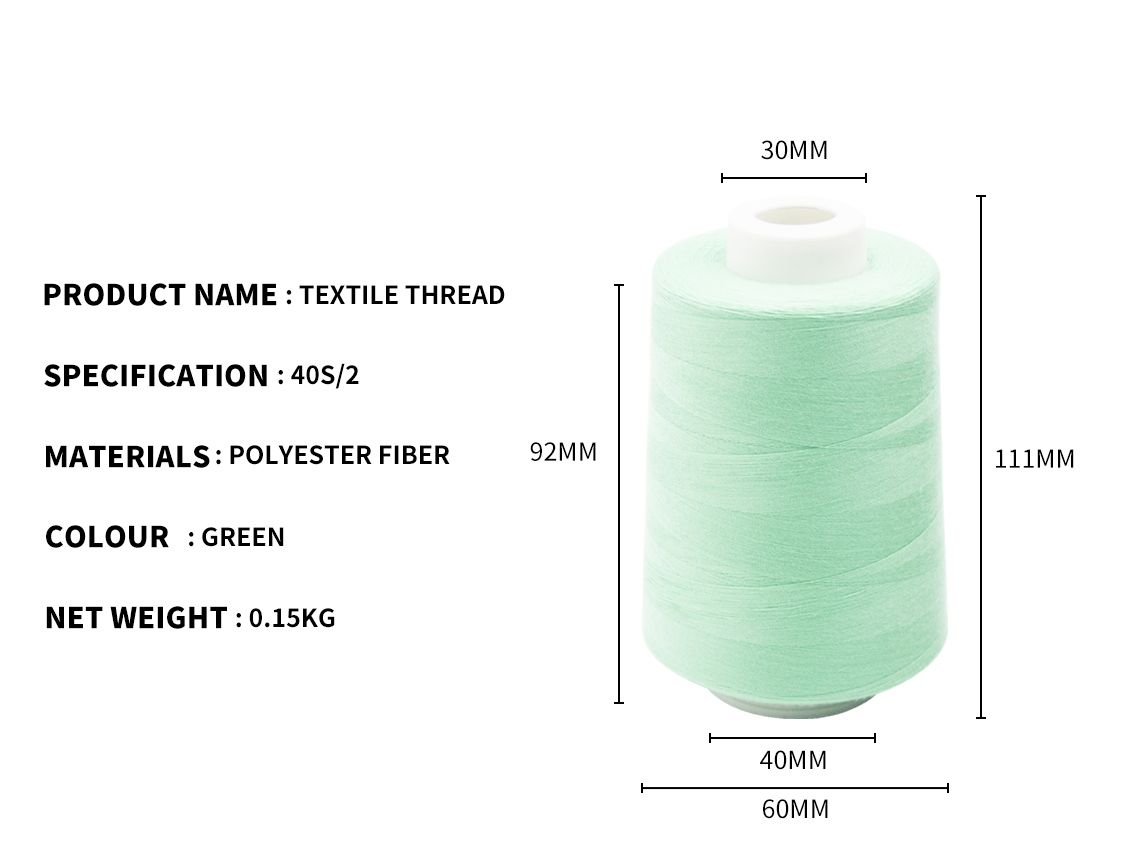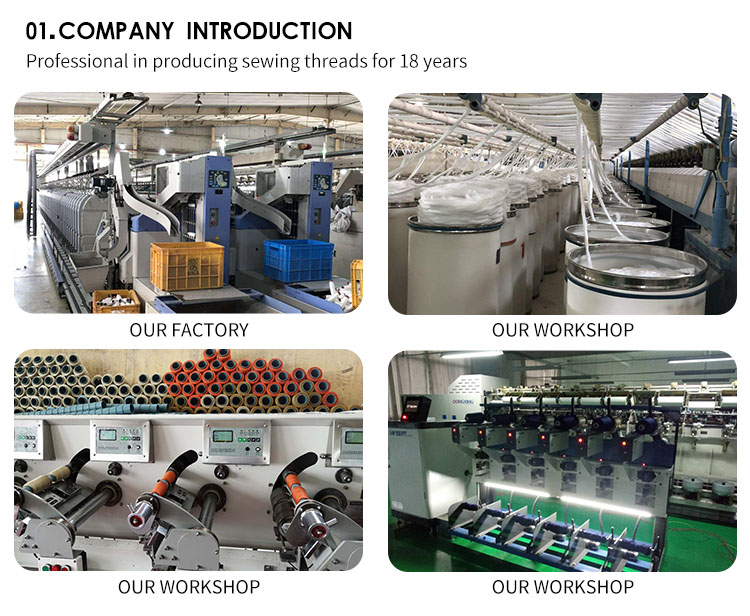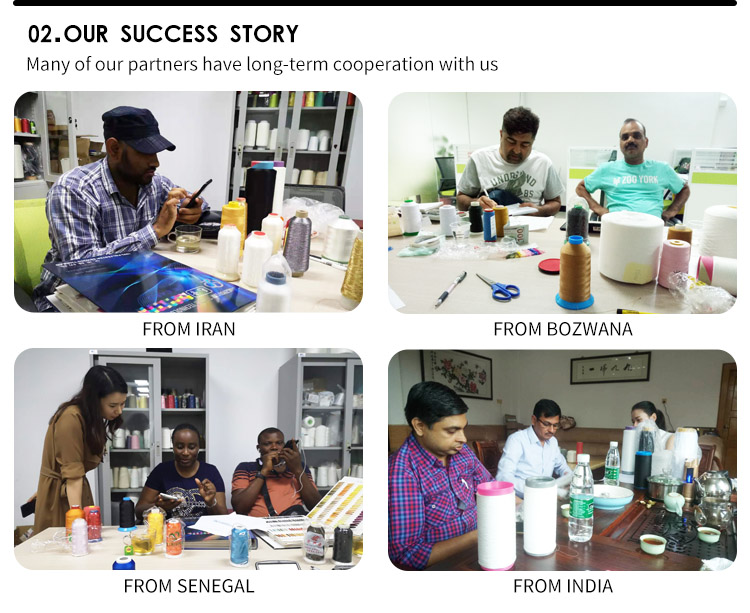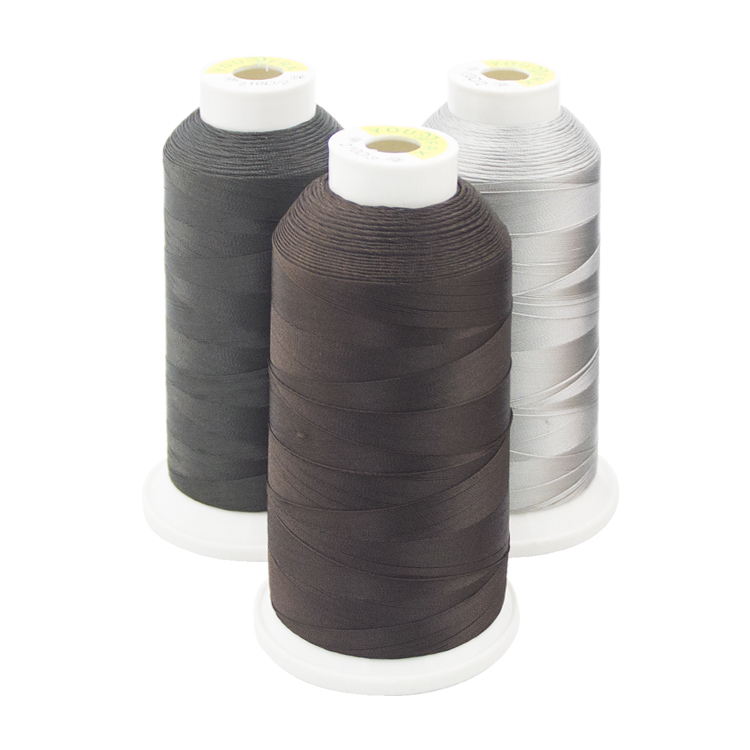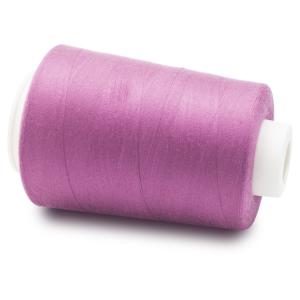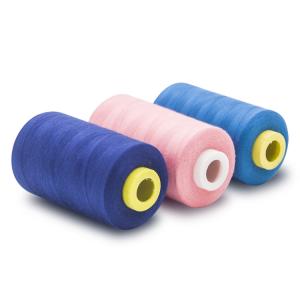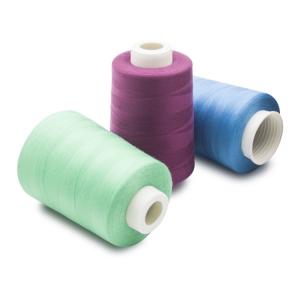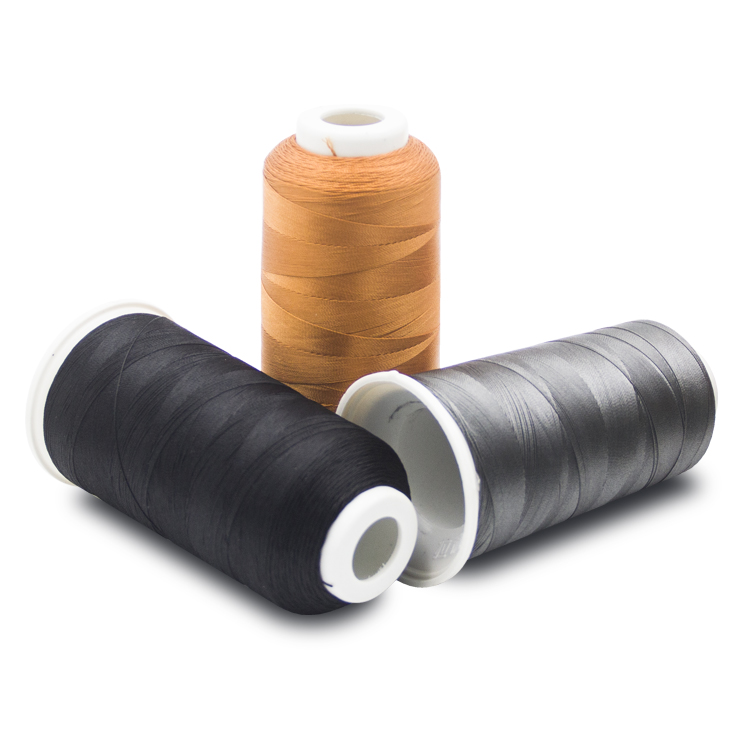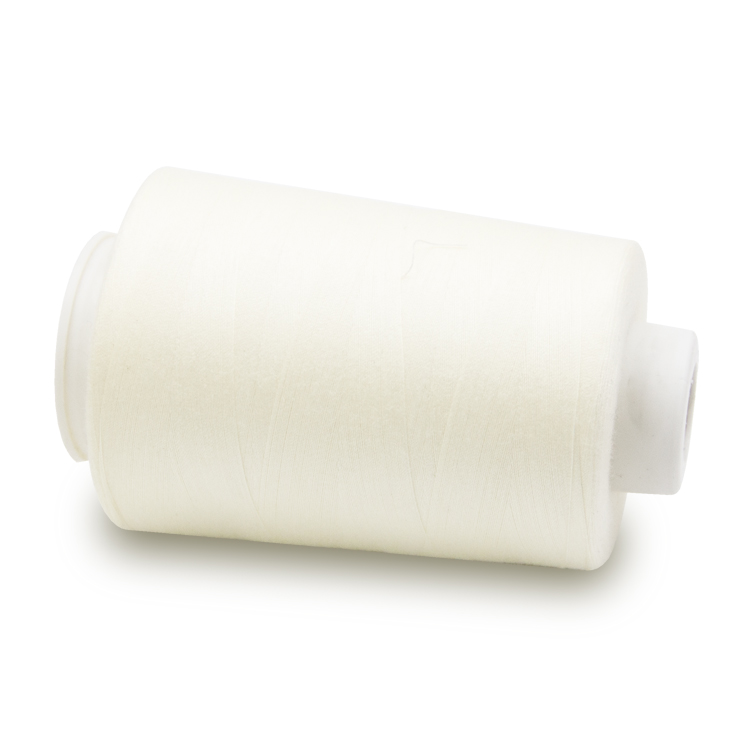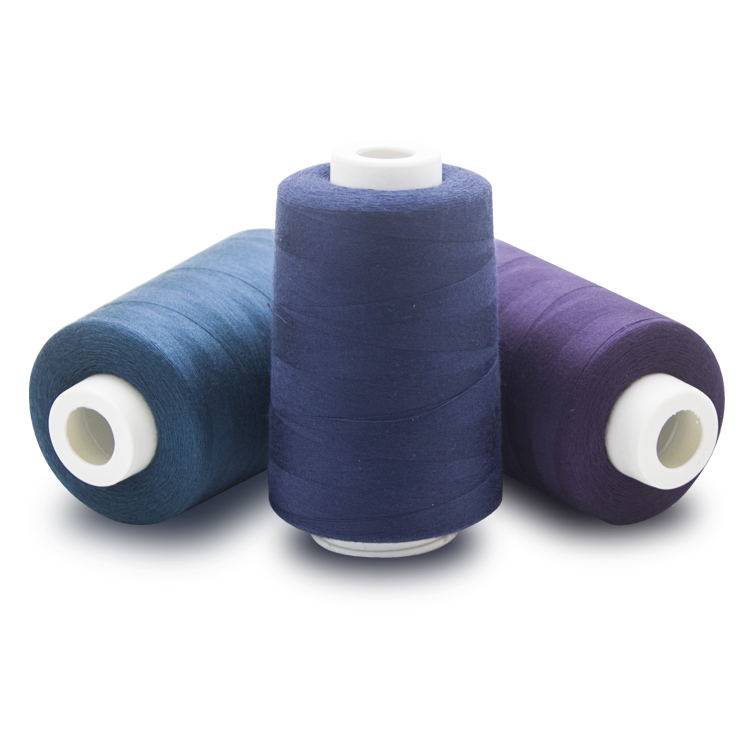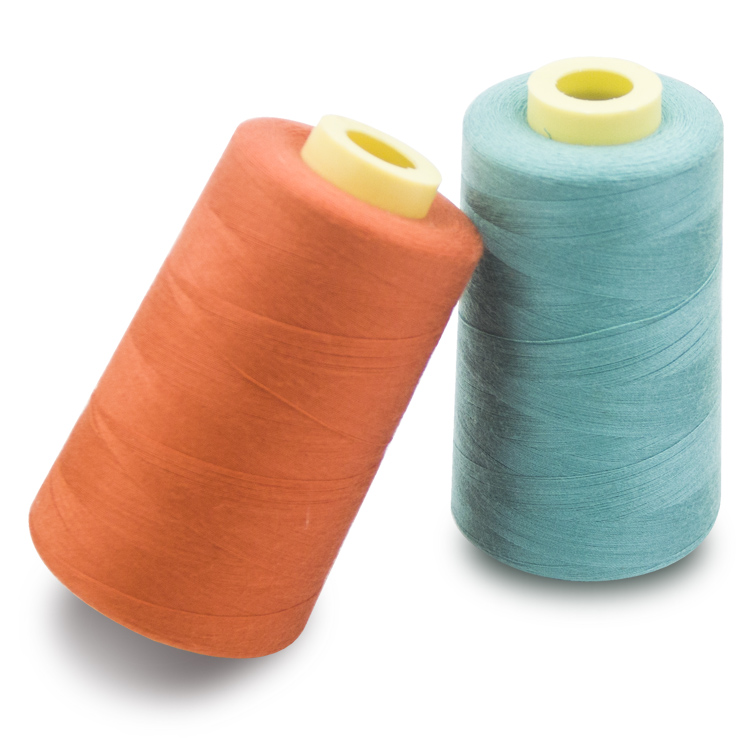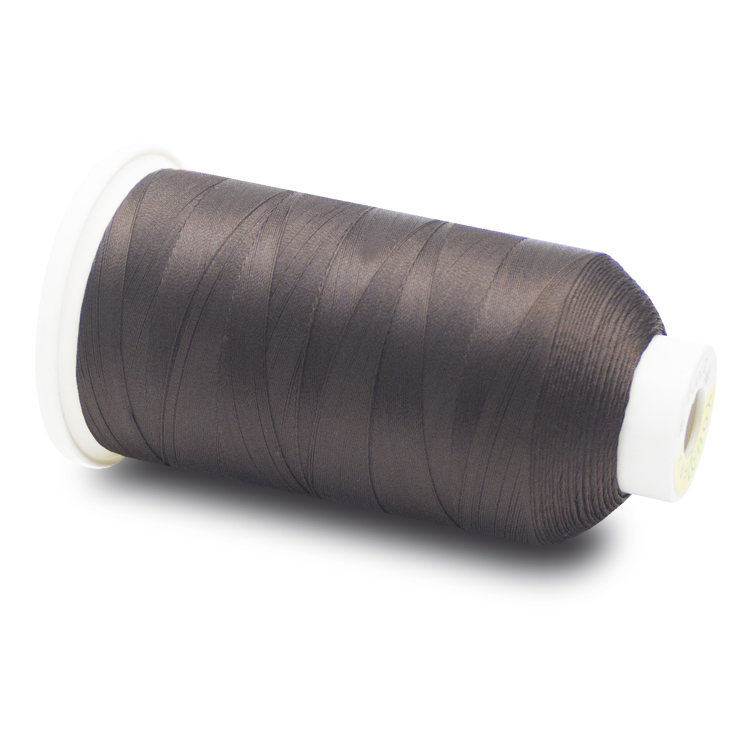Share to:
Related Products
Textile natural filament polyester thread
LQ-2-04
Price: From $0.43
Delivery time: 9-20 days after payment
MOQ: 500 PCS
Basic information of textile yarn
Material:100% Natural textile thread
Pattern:Dyed
Use:Crochet, cross stitch, hand Knitting, teabag, knitting, sewing, weaving, Other
Yarn type:filament
Feature:Abrasion-resistant, chemical-resistant, Eco-friendly, high temperature resistant, high tenacity, low shrinkage, elastic, waterproof
Technics:Mercerized
Yarn count:1000D/3
Weight (g/ball):1.5kg
Place of origin:Guangzhou
Brand name:Liqi
Model number:1000D/3
Product name:100% Polyester filament sewing thread
Type:Filament yarn
Usage:Car seat, kite thread, etc.
Packing:PP bag or carton or customized
Strength:High strength
Quality and Price:High quality and competitive price
Lead time:15-20 Days
OEM/ ODM:Accepted
MOQ:1000 Kilogram
Introduce the main textile thread product categories and characteristics of Guangzhou Liqi Textile Technology Co., Ltd. for your choice:
Type of textile yarn thread
There are many kinds of spinning textile yarns threads and their classification is different. From the point of view of garment material system, we can have a comprehensive understanding of the classification methods according to their structure and shape, fiber length, fiber type, textile yarn system, textile yarn thread use and textile yarn thread thickness, because garment textile yarn thread material includes a wide variety of yarns threads, which is also helpful to the understanding of garment yarn thread materials. Understanding of yarn thread structure and properties.
Classification of textile yarn thread
1. Monofilament textile yarn thread
Silk fibroin fibers in silk or a single filament formed by a single hole in the spinneret of chemical fibers are originally single fibers. In the textile thread industry, it is customarily called single fibers (referred to as monofilaments) or monofilaments.
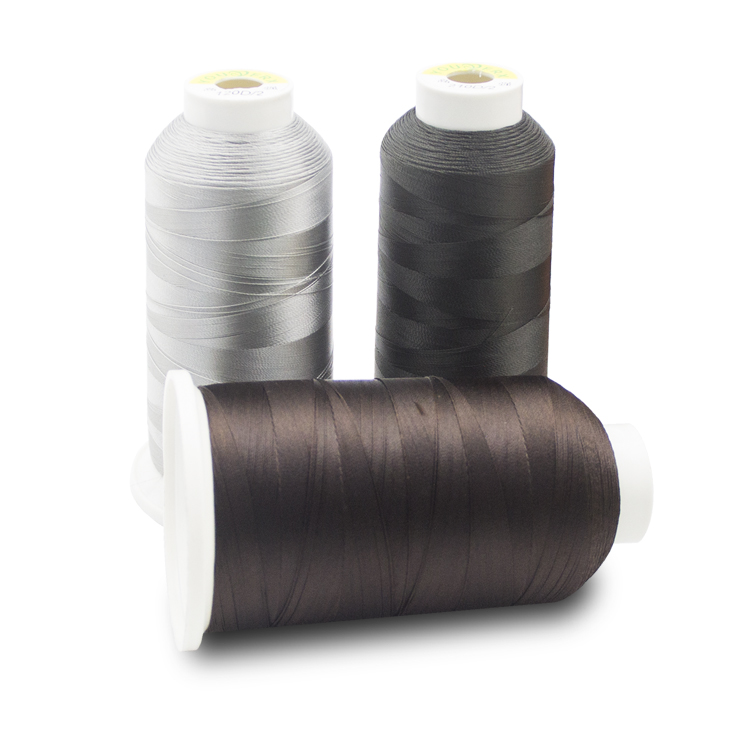
2. Polyfilament textile yarn thread
By two or more single filaments together, or by sericin bonded together tows, also known as composite filaments, generally filaments are composite filaments, from the original twist of composite filaments after the first twist, is a single twist, also known as twist. Twisting is a double twist yarn after one or more times of merging. Usually all the materials of silk fabrics are generally referred to as silk yarns.
3. Single textile yarn thread
The shorter textile fibers thread, twisted and composed of fiber bundles, also known as spinning, the most widely used, there are pure spinning and blended yarn.
4. strand textile yarn thread
A textile yarn thread made by twisting several single yarns together. In order to consider the uniformity and stability of the strand structure, two or three single textile yarn threads are usually combined to twist, such as two single textile yarn threads and strand twisting, which is called double strand yarn. The ply yarn material is commonly used with high quality fabrics and sewing threads. In addition, the ply textile yarn thread can be twisted into double twist threads by merging and twisting, and can also be used for more than four strands of sewing threads.
5. Fancy textile thread
Lines with special appearance. Most fancy textile yarn threads are twisted by core yarn thread and decorative yarn thread, with knots, rings, spiral coils, braids, bamboo knots on the surface. It is often used for knitting only woolen fabrics. In addition, the gold and silver yarn has a shiny appearance, unique style, and is also a good material for fancy yarn thread, such as polyester gold and silver yarn thread, mainly for decorative needs, such as improving the value of silk fabrics, currently also used in medium and long fibers. (Sample Card)
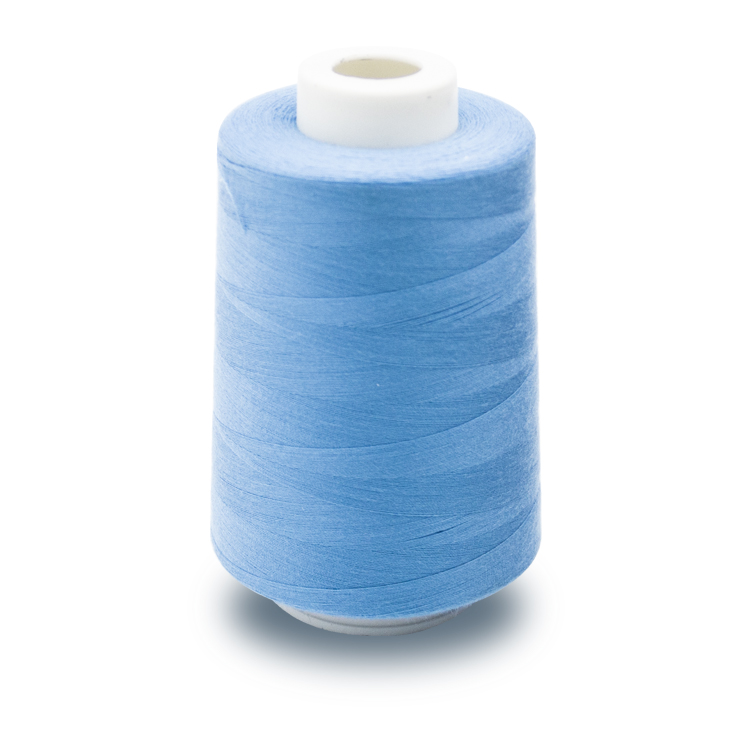
6. Expanded textile yarn thread
Textile yarn thread made of staple or continuous filaments treated by heat shrinkage have a high degree of softness and fullness in addition to their usual elongation. Under certain stretching and relaxation conditions, she can also maintain its fluffy degree, which makes the fabric have the characteristics of light weight and high covering ability. Usually used in acrylic knitted coats, underwear and wool.
7. Textured yarn thread
A textile yarn thread material made from chemical filaments that is deformed to alter their appearance and properties. It is characterized by bulky volume, soft handle and good elasticity. At present, the main application is elastic yarn. The main types of curling are knife edge curling, packing box method, air deformation and other forms.
According to the size of shrinkage and elongation, it can be divided into two kinds: high elasticity textured yarn and low elasticity textile yarn thread.
The elongation of some high elastic textile yarn thread can be 1-2 times of their free state, and some can even reach 3-4 times.
Elastic textile yarn thread has not only high elongation but also the same high elasticity.
Under the condition of relaxation, the textured yarn is similar to bulky textile yarn thread.
When stretched, the bulkiness is greatly reduced.
After full stretching, the textured yarn is similar to the ordinary filament yarn or staple textile yarn thread, and can be restored to its original state when relaxed.
Its wearability is close to the body and makes people feel less pressure. It has good covering ability in the fabric, but its tactile feeling is not as full as bulky textile yarn thread and staple yarn, and its serious shortcomings are prone to crochet. Elephant. High elastic nylon filament, polypropylene filament for elastic shirts and trousers, low elastic polyester filament for wool, silk, linen and other knitted fabrics and fabrics.
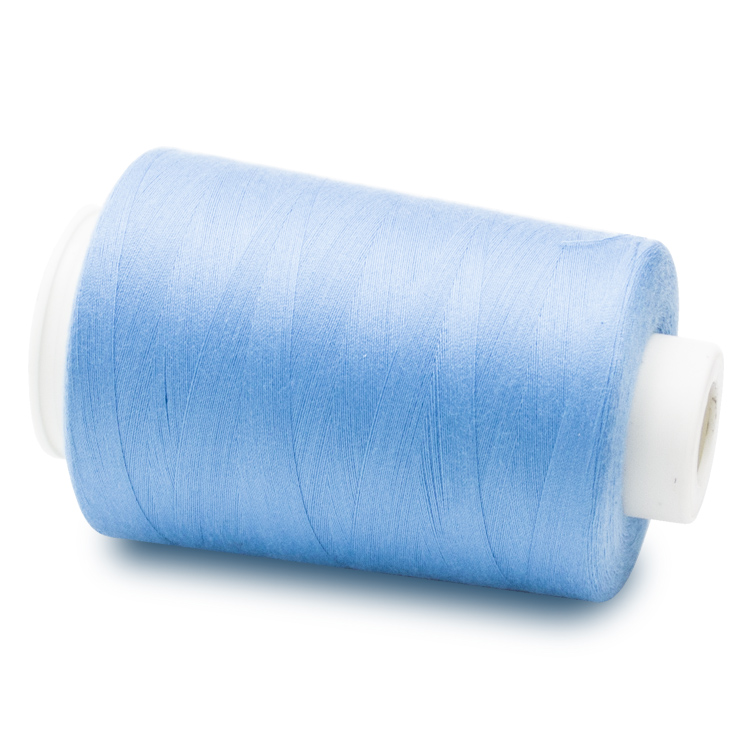
Textile yarns threads of staple fibers are divided into:
1. Cotton yarn thread textile yarn thread
Refers to the yarn processed on the cotton fiber equipment with cotton fibers or staple fibers similar to cotton fibers less than 51 mm in length. "Artificial cotton" is the commercial name of viscose staple fibers.
2. Medium and long fibre yarn thread textile yarn thread
Refers to textile yarn threads with wool-like texture, which are processed on cotton spinning equipment or special equipment for medium and long fibers, with fiber length between cotton and wool, ranging from 51 mm to 76mm.
3. Wool yarn thread textile yarn thread
A textile yarn thread made from wool or wool-like fibers (64-114 mm) of longer length on a wool spinning machine.
Filament yarn generally refers to filament bundle or deformed yarn processed by deformation. Its fiber length can theoretically be infinite.
Fabrics woven from staple textile yarn threads have excellent touch, covering ability, comfort and plump appearance, but the strength and evenness of staple textile yarn threads are not as good as filament yarns of the same fineness.
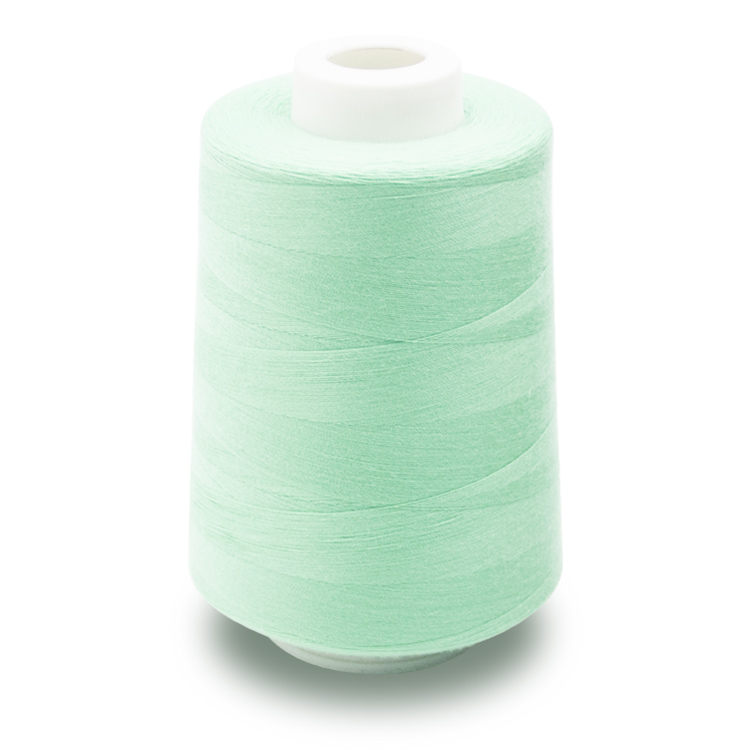
By fibre type
1. Pure spinning yarn thread and textile yarn thread
A textile yarn thread made of a kind of fiber, called pure spinning yarn, such as cotton yarn, wool yarn, viscose yarn, etc.
2. Blended yarn thread textile yarn thread
A textile yarn thread made of two or more fibers is called blended textile yarn thread.
The nomenclature rules are written in front or above with high proportion of blended fibers.
When the proportion of blended fibers is the same, natural fibers, synthetic fibers and man-made fibers are usually arranged in order.
For example, the blended textile yarn thread of 65% polyester and 35% cotton is named polyester/cotton yarn, and the blended textile yarn thread of 50% viscose and 50% acrylic is named sunny/viscose textile yarn thread.
Note: Blend and interweave differentials) Low and high proportions are popular
Classification by textile yarn threadsystem
1. Textile yarn thread of carding system
After loosening, carding, merging, drafting and twisting, the fibre material is spun into textile yarn thread for cotton spinning, which is called carding textile yarn thread after carding.
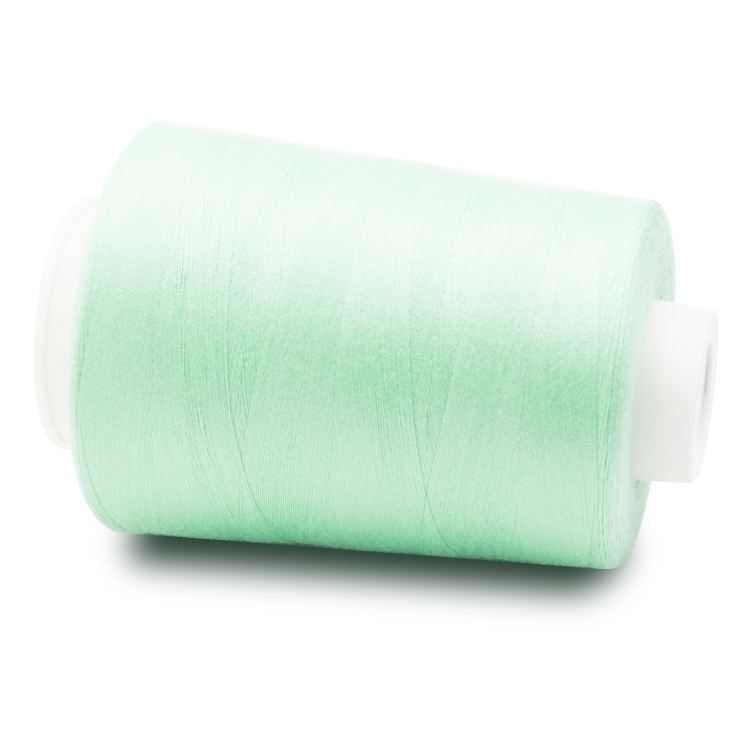
2. Textile yarns thread in carding system
Fiber raw materials are loosened, combed, sliced, twisted and directly spun into textile yarn threads, such as carding wool, waste cotton, fine silk, asbestos spinning, etc. The spun yarn is called coarse wool yarn, waste spinning, filament, asbestos textile yarn thread, etc.
3. Combing system textile yarn thread
Fiber raw materials are loosened (or purified), carding, combing and multiple combined drafting, twisting and spinning into yarns, including combed cotton spinning, combed wool spinning, linen spinning, ramie spinning, silk spinning, etc.
The spinning yarn is called combed textile yarn thread, which is similar to combed wool spinning, but without combing, only semi-combed textile yarn thread is produced by combing, combing, roving and spinning.
In addition, the new spinning system refers to the coloured textile yarn thread spun by different spinning methods from ring textile yarn thread, mainly including free end textile yarn thread and non-free end textile yarn thread. The former includes electrostatic textile yarn thread, airflow yarn, etc.
The latter includes self-twisting textile yarn thread, wrapped yarn, heavenly textile yarn thread, etc.
The textile yarn threads produced by each spinning system have their own textile yarn threadstructure characteristics.
It can be divided into textile yarn thread for weaving, yarn for knitting, knitting and sewing.
1. Textile yarns threads for woven fabrics
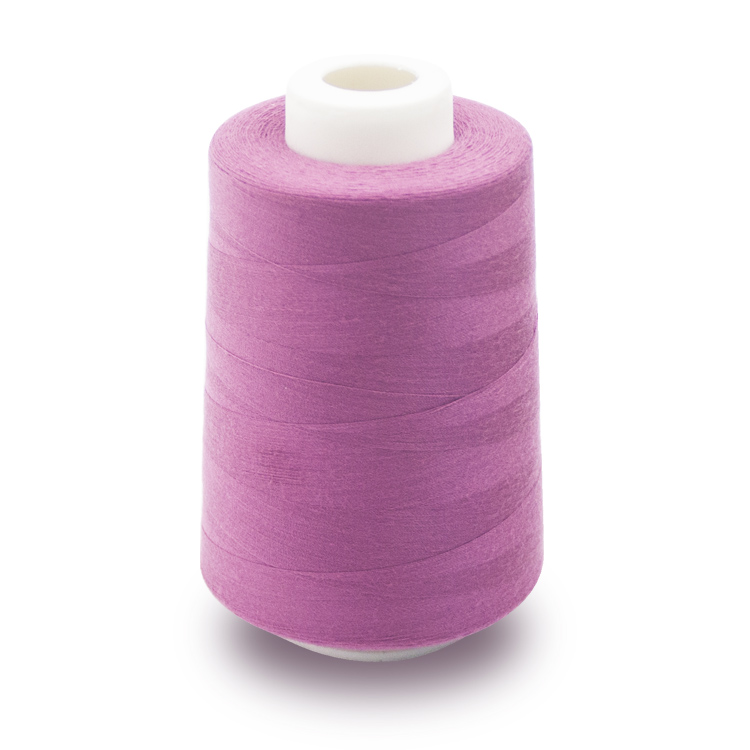
It is mainly used for warp and weft textile yarn threads of woven fabrics.
All kinds of textile yarn threads mentioned above can be used, depending on the type of fabrics.
2. Textile yarns threads for knitted fabrics
Due to the structural characteristics of knitted fabrics and the requirements of knitted fabric looping process, knitted textile yarn thread is different from woven textile yarn thread, requiring low twist, good evenness, good elasticity and less impurities.
3. Knitted textile yarn thread
Most of them use ply textile yarn threads or thicker yarns. Manual knitted textile yarn thread is generally included in the category of knitted yarn.
4. Sewing yarn and textile yarn thread
The garment pieces can be sewn into garment accessories, which can be divided into pure textile yarn thread, blended textile yarn thread and synthetic filament textile yarn thread.
Textile yarns threads are classified according to textile yarn thread roughness and subdivision
It can be divided into roving textile yarn thread (roving textile yarn thread), medium textile yarn thread (middle count textile yarn thread) and spinning textile yarn thread (fine count textile yarn thread). The corresponding textile yarn thread sizes are over 32 (below 18 British textile yarn threads), 31-20 (19-29 British textile yarn threads) and 19-9.5 (30-60 British textile yarn threads).
